Our first two chapters presented general information on the small claims court and on how to begin a lawsuit. Now, it’s time to step back and look at a small claims case from the perspective of the defendant.*
Being a defendant in small claims court can be frustrating. Court dates are set without your consent, and the complaint is often a barebones document lacking much of an explanation of what occurred. Defendants often feel like they have no control over the process and that there’s little they can do before the hearing.
Fear not, there are several things you can do well advance of the hearing to ensure you’re well prepared.
First, make sure this case belongs in small claims court. If the complaint doesn’t ask for money damages, it doesn’t belong in small claims court. If the plaintiff is asking for more than $10,000 (or more than $5,000 if the plaintiff is a business), it doesn’t belong in small claims court. If the case doesn’t belong, you can write a letter to the Court asking for the case to be dismissed, or wait to use it on the day of the hearing.
Second, make sure the plaintiff sued you in the right courthouse. If there’s a small claims courthouse closer to where you live, there’s a good chance you were sued in the wrong place. Once again, you can write a letter or wait to bring it up at the hearing.
Third, you can challenge service. Were you personally served with these papers, or did you just find them lying on your driveway? Did the Plaintiff serve you themselves or did they have someone else do it? If you’re a business owner, did they serve your agent for service of process, or did the documents get dumped on an employee right before they closed up for the night?
Service can be a complicated issue, and it is frequently subject to major debates in full-blown litigation. Showing up to the hearing will likely waive any arguments you may have had that you were improperly served. However, if you fail to show up and service was proper, then you can have a default judgment entered against you. If you think that there are service issues, and you want to use it as a defense, it’s time to consult an attorney.
Finally, you can and should consider whether you have any claims against the plaintiff. We mean any claims: once you have been sued, you can file your own affirmative lawsuit against the plaintiff, and it does not need to be related to the plaintiff’s claims against you. It can be for any other legal issue you have with the plaintiff. If the case belongs in small claims, you can file a “Defendant’s Claim” (Form SC-120, available here) and make sure they’re served at least five days before the hearing.
If your claim doesn’t belong in small claims court, you can file it in the Superior Court and then request that the small claims court transfer the plaintiff’s small claims case to the Superior Court.
In the end, small claims court is all about the plaintiff and defendant appearing in front of the judge and each telling their story. There are several things litigants can and should do to prepare for the hearing, which we’ll cover in Chapter 4 of our Small Claims, Big Impact series.
* The contents of this blog post are informational only, and do not constitute legal advice. Additionally, because we are California lawyers, it focuses primarily on California.

